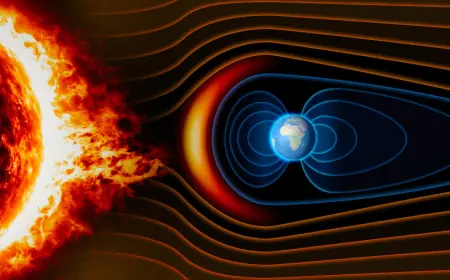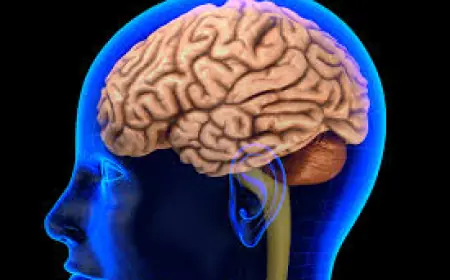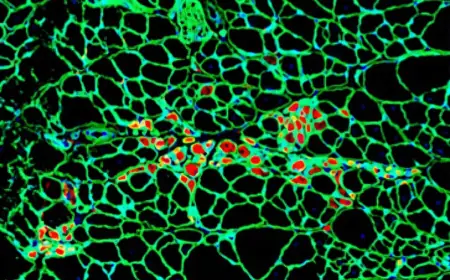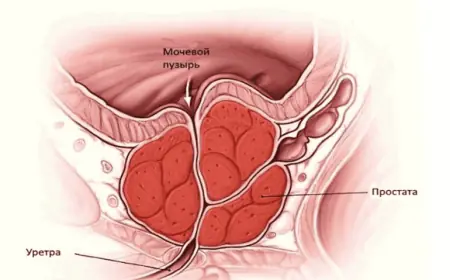A "Switch" for Alcohol Addiction Found in the Brain: The Role of the Paraventricular Thalamus
Researchers from the Scripps Research Institute have made a breakthrough discovery in understanding alcohol addiction mechanisms. A new study, published in Biological Psychiatry: Global Open Science, revealed that a small but crucial region of the brain — the paraventricular nucleus of the thalamus (PVT) — plays a key role in the formation of persistent alcohol dependence.
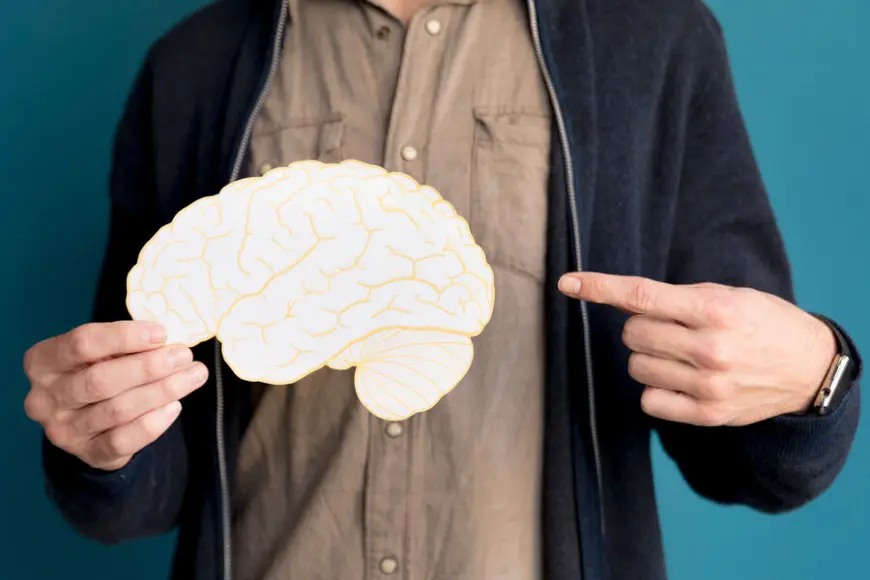
Why is Alcohol Addiction So Difficult to Overcome?
Alcohol use often begins as a search for pleasure but gradually becomes a way to escape stress, anxiety, and withdrawal symptoms. That shift makes addiction difficult to treat.
“Addiction is not just about chasing pleasure — it’s also about avoiding the negative emotions that arise during withdrawal,” explains Dr. Friedbert Weiss, a co-author of the study.
How Does This Mechanism Work?
In experiments on rats, scientists first induced alcohol dependence. Then, during the withdrawal phase, rats learned to associate certain cues and behaviors (like pressing a lever) with relief from discomfort brought by alcohol.
Later, even after alcohol was removed, exposure to the same environmental cues triggered a strong and compulsive desire to seek alcohol again — a classic case of conditioned craving.
What Did Brain Scans Reveal?
Analysis showed that only rats that experienced this withdrawal-related learning had intense activation in the paraventricular thalamus. Other groups — either drinking for pleasure or not associating alcohol with relief — showed no such activation.
“This region lights up in all animals that learned to associate alcohol with stress relief,” notes co-author Dr. Hermina Nedelescu. “It shows which brain circuits encode the emotional memory of alcohol’s effects.”
Hedonic Allostasis and the PVT’s Role
Researchers suggest that the PVT functions as a hub for processing emotionally significant experiences. Its abnormal activity may underlie hedonic allostasis — a condition where the brain’s reward system is dysregulated, and the person feels constant emotional discomfort, seeking relief rather than pleasure.
Implications for Treatment
Understanding the role of the paraventricular thalamus could lead to new therapies for alcohol addiction, including medications or neurostimulation techniques aimed at disrupting the learned craving-response loop.
“By targeting the brain circuits responsible for emotional reinforcement, we can go beyond treating just the symptoms and address the core of addiction,” the authors conclude.
Source: Biological Psychiatry: Global Open Science, Scripps Research Institute


